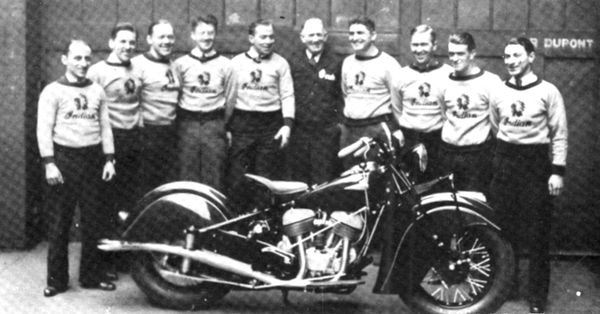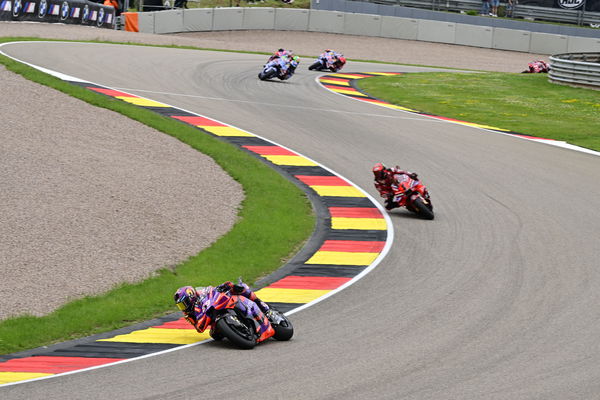People who changed the face of motorcycling – Ernst Degner
When looking back through history for people who truly change motorcycling, nothing comes close to the story of two-stroke pioneer Ernst Degner
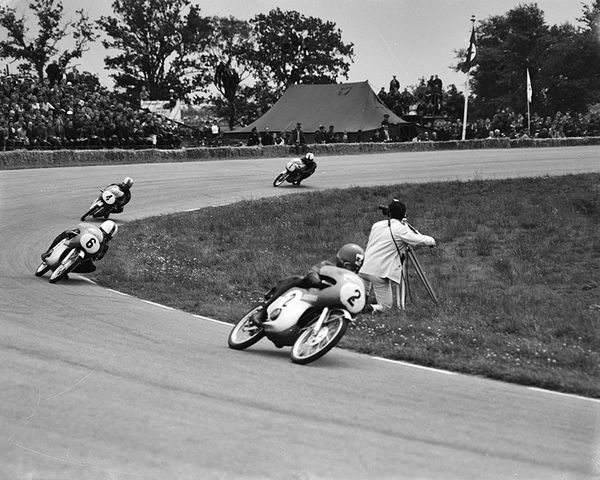
WHEN it comes to ‘men who changed motorcycling’ there’s no story more dramatic, influential – yet still largely unknown outside bikesport – than that of Ernst Degner and his ‘defection’ from East Germany’s MZ to Suzuki in 1961.
It’s a story that has it all: James Bond-style skulduggery at the height of the Berlin Wall-era Cold War; so-called WW2 V2 rocket ‘boffins’ and world-beating technology; the glamour and speed of GP bike racing; crashes and tragedy and, the fruits of it all, a new era of Japanese GP dominance later highlighted by Britain’s Barry Sheene.
And, with Suzuki in 2020 claiming its first GP world crown in over 20 years, there’s no better time to retell how the Japanese marque grabbed its first – quite literally – almost 40 years before that…
In 1960 the world, motorcycling and grand prix racing was very different. Newspaper front pages were dominated by Cold War tensions between East and West. Motorcycling was still ruled by the historic British, European and American giants, and, in bikesport, Italy’s MV Agusta had swept the four GP classes (125, 250, 350 and 500cc) – although East Germany’s MZ and Japanese upstarts Honda were proving competitive in the smaller classes.

In 1961, however, things changed. The popularity of 50cc, mostly two-stroke commuters had inevitably led to racing in turn prompting world championship organisers the FIM to launch that year’s 50cc ‘Coupe d’Europe’, which then proved such a success a grand prix 50cc class was launched the following year.
Suzuki, whose then main output was 50-250cc two-strokes, had earlier followed rivals Honda’s lead by entering its first race team at the Isle of Man TT in 1960 in the 125cc class but had been humbled by only placing 15th, 16th and 18th. For 1961 Suzuki upped the ante with a new two-stroke 125 but fared little better. Something had to change.
At the same time, East Germany’s state-run MZ two-strokes, ridden by star rider Ernst Degner, were the talk of the paddock. While most racers by 1960 had given up on ‘strokers’, MZ, under the direction of genius of Walter Kaaden, who during the war is reported to have worked at the Nazi rocket facility at Peenemunde, had worked to combine three key technologies – disc valves, power ports and expansion chambers – which together enabled MZ’s otherwise poorly-funded team to be more than a match in terms of power for the sophisticated four-strokes, so much so, in fact, that in 1961 Degner’s MZ 125 stroker fought a season-long-battle with the Honda four-strokes of Tom Phillis, Luigi Taveri and Jim Redman.
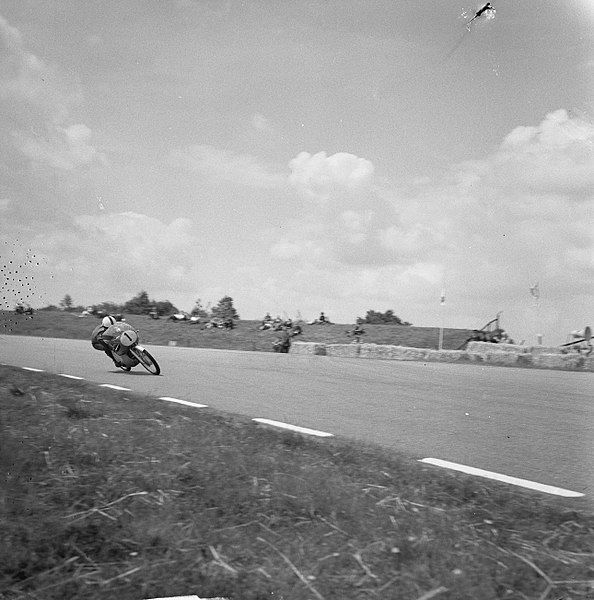
Degner himself, however, envious of his rivals’ pay and glamorous lifestyle (under MZ’s communist regime the East German was paid little more than its factory workers and was under constant watch from the Stasi state police), wanted more – so decided to defect.
With Suzuki realising they needed MZ technology and Ernst Degner wanting a western lifestyle and the trappings that went with it, secret meetings took place between the two in the summer of 1961 and a deal was struck.
The first ‘escape’ was planned for August but was thwarted by the coincidental building of the Berlin Wall. The second came on the weekend of the Swedish GP when an ally of the rider famously drugged then smuggled Deger’s wife and two young sons then drove them across the German border in the boot of an oversize American car (this co-conspirator, incidentally, is reported to have feared reprisals for the rest of his life). While Degner himself, managed to escape after the race, along with a suitcase of vital MZ engine parts, from Sweden to Denmark and beyond.
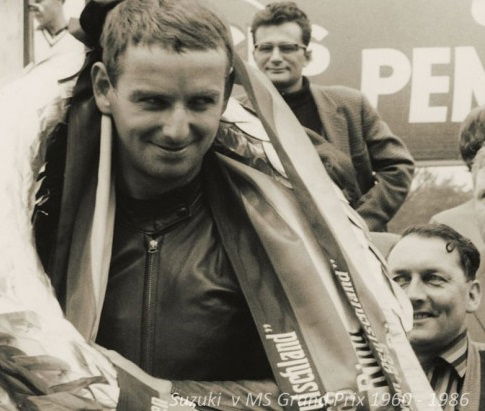
How Ernst Degner paved the way to MotoGP glory
And the rest, as they say, is history.
Phillis won that year’s 125cc world title for Honda with Ernst Degner taking second after missing the final round in Argentina (the East German did actually attempt to compete on a borrowed EMC but the bike never materialised after its transport was reportedly sabotaged). Degner then travelled to Japan where, being a skilled engineer himself, he helped Suzuki develop not only a new 125 racer, which unsurprisingly turned out to be a virtual mirror-image of the MZ, but also a 50cc version. While in 1962, Degner and Suzuki returned to the GP championship where the 125 and particularly the 50 (partly as MZ didn’t compete in the class) proved immediately successful. Degner’s 50 got a point first time out before going on to win four races on the trot then that year’s inaugural world title. And, although less successful in the more competitive 125 class, Degner’s Suzuki teammate Hugh Anderson won the final round in Argentina before claiming both crowns the following year. The New Zealander claimed the 50cc title again in 1964 and the 125 in 1965.
As a result, a new era of successful two-stroke lightweight racers – and particularly Suzukis – began.

Now accessible to all, Kaaden’s pioneering two-stroke technology then filtered across racing, not only informing Yamaha’s TZs but also Kawasaki’s 250/350 tandem twins and others. Indeed, Suzuki’s class-defining RG500 which ruled 500GPs from the mid-1970s to early 1980s and which delivered world titles for not just Barry Sheene but also Marco Luccinelli and Franco Uncini, was directly related to that original 125, although Suzuki didn’t admit as much until years later.
For Ernst Degner, however, after that in initial, landmark 50cc world title, his success turned sour and ultimately to tragedy: In 1963 he crashed at Suzuka, his Suzuki 250 burst into flames and Degner was trapped underneath receiving burns that required 50 skin grafts and putting him out of racing for almost a year. He retired after the 1966 season, worked for a while for Germany’s Suzuki importer then later moved to Tenerife where he ran a car hire business, his marriage failed and where he died, under some claim mysterious circumstances, in 1983. It was a somewhat inglorious end to a career, and a man’s life, which undoubtedly changed motorcycling forever.
PS The full story of Ernst Degner and his defection is told in MotoGP Journalist Mat Oxley’s book ‘Stealing Speed’ - well worth a read.
